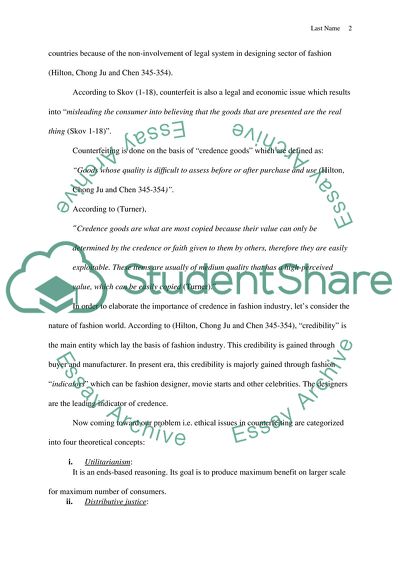Cite this document
(“Fashion Merchandising Essay Example | Topics and Well Written Essays - 1750 words”, n.d.)
Fashion Merchandising Essay Example | Topics and Well Written Essays - 1750 words. Retrieved from https://studentshare.org/marketing/1616960-fashion-merchandising
Fashion Merchandising Essay Example | Topics and Well Written Essays - 1750 words. Retrieved from https://studentshare.org/marketing/1616960-fashion-merchandising
(Fashion Merchandising Essay Example | Topics and Well Written Essays - 1750 Words)
Fashion Merchandising Essay Example | Topics and Well Written Essays - 1750 Words. https://studentshare.org/marketing/1616960-fashion-merchandising.
Fashion Merchandising Essay Example | Topics and Well Written Essays - 1750 Words. https://studentshare.org/marketing/1616960-fashion-merchandising.
“Fashion Merchandising Essay Example | Topics and Well Written Essays - 1750 Words”, n.d. https://studentshare.org/marketing/1616960-fashion-merchandising.


